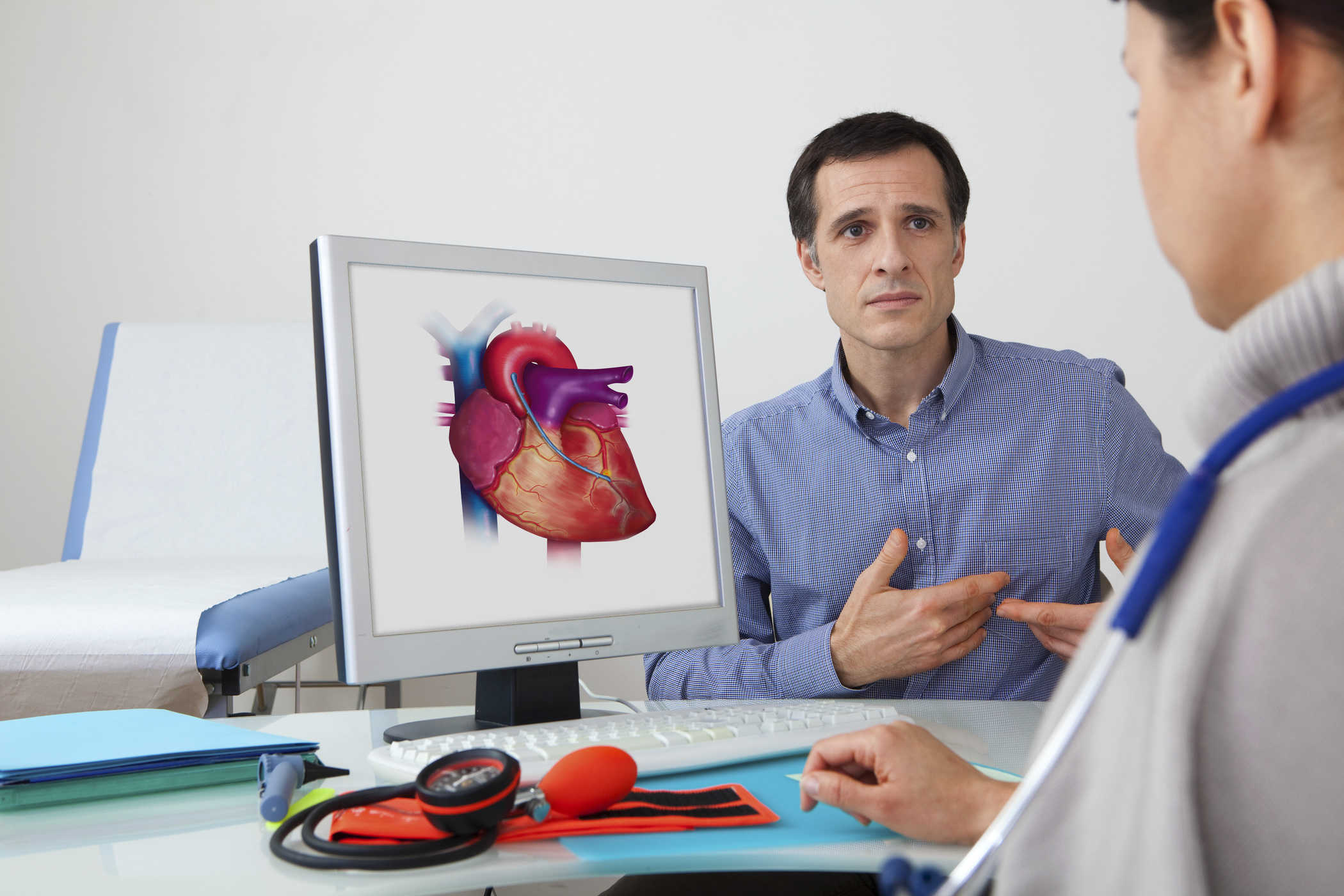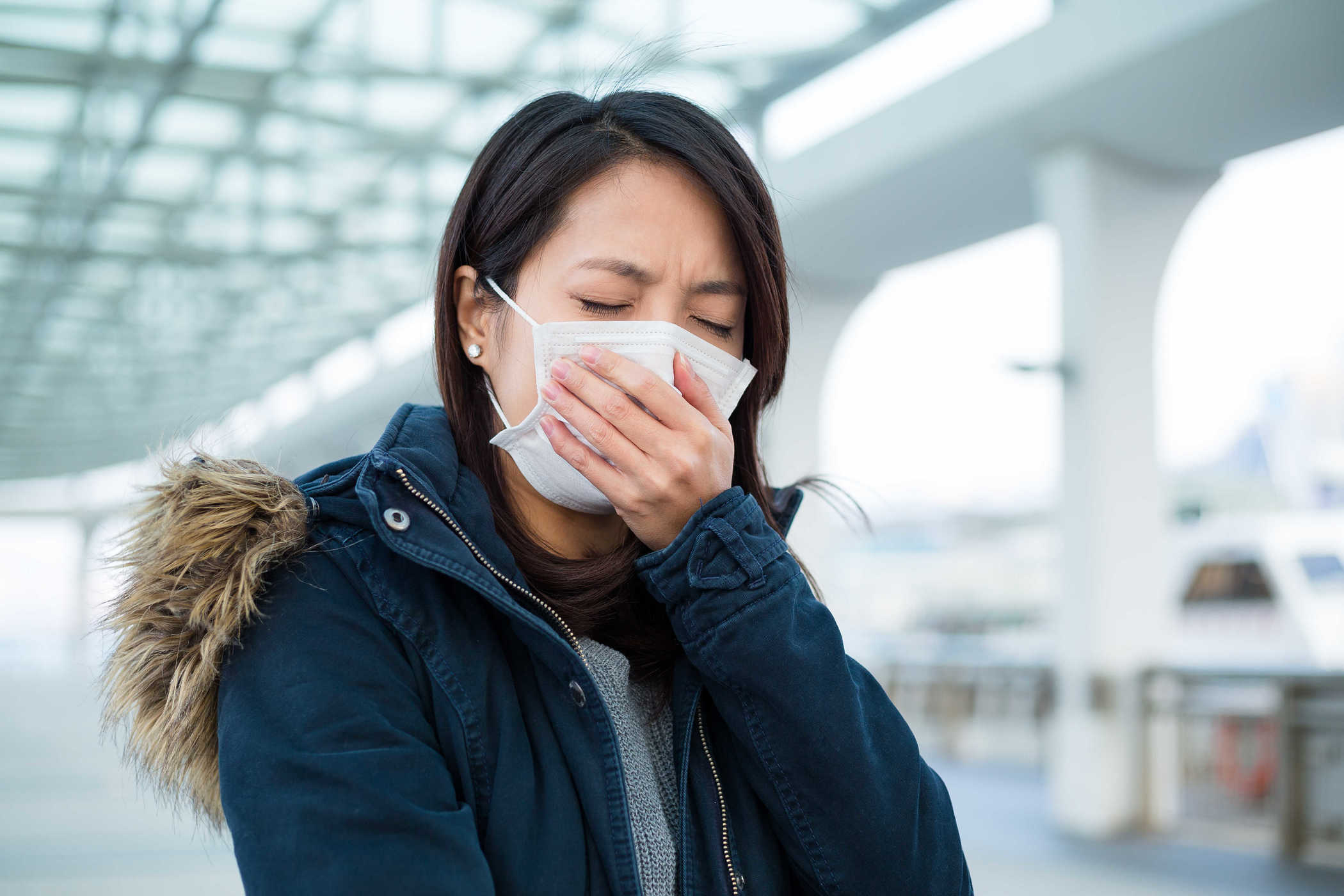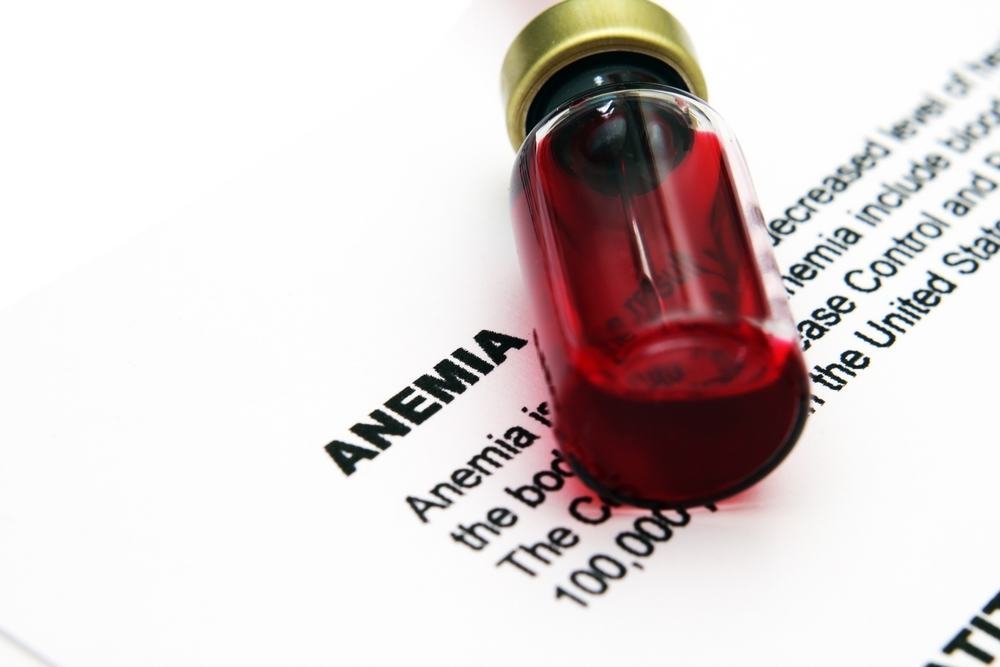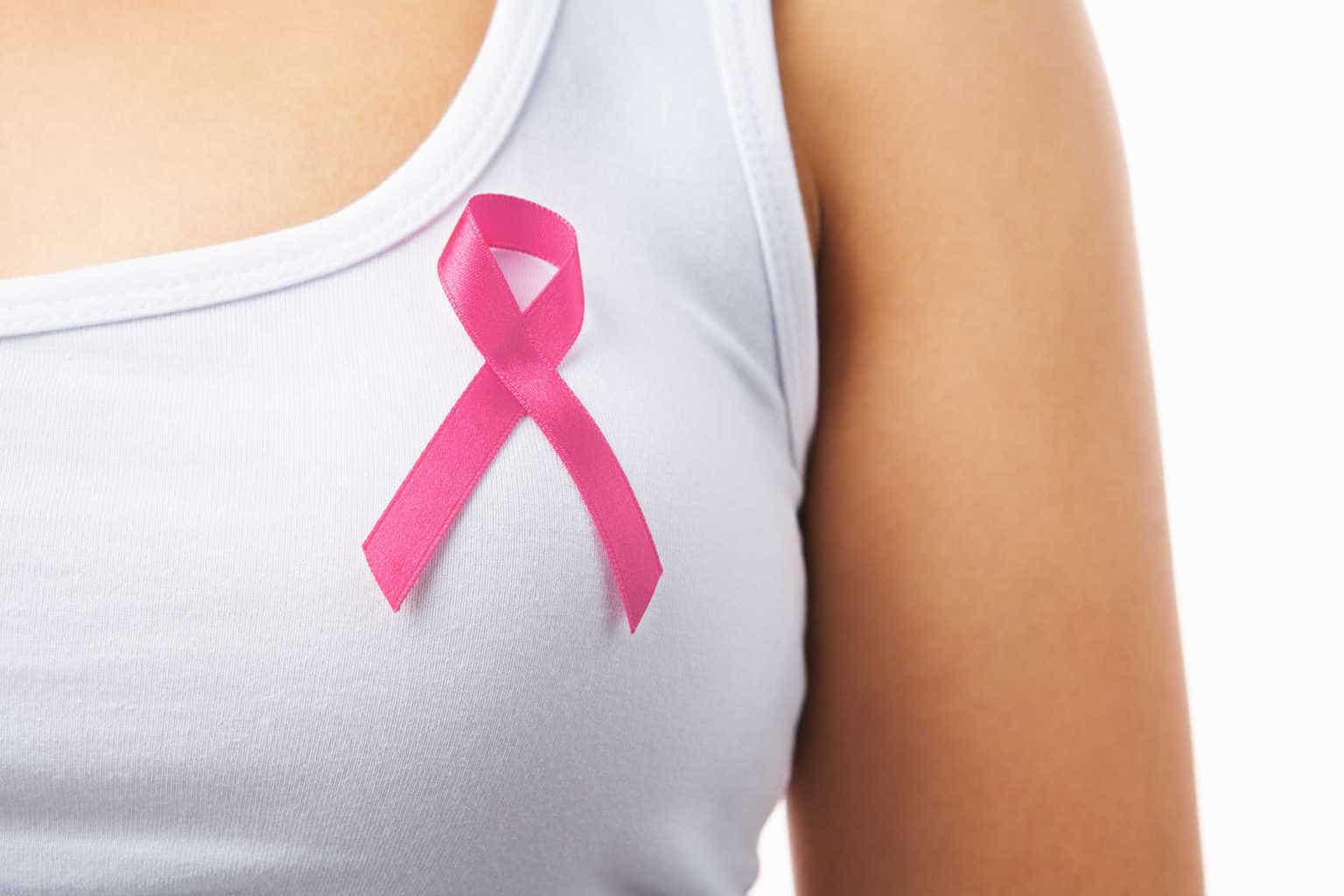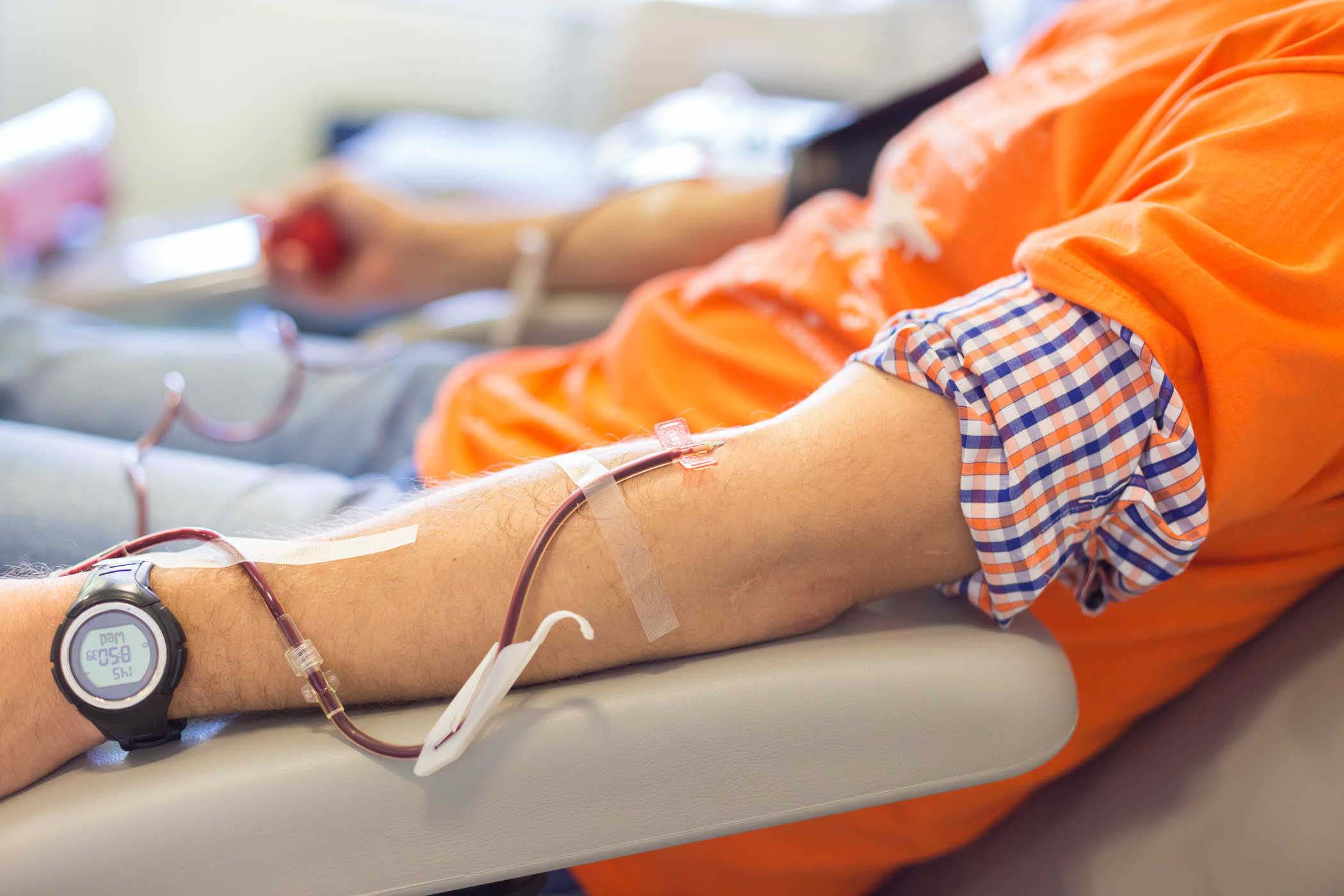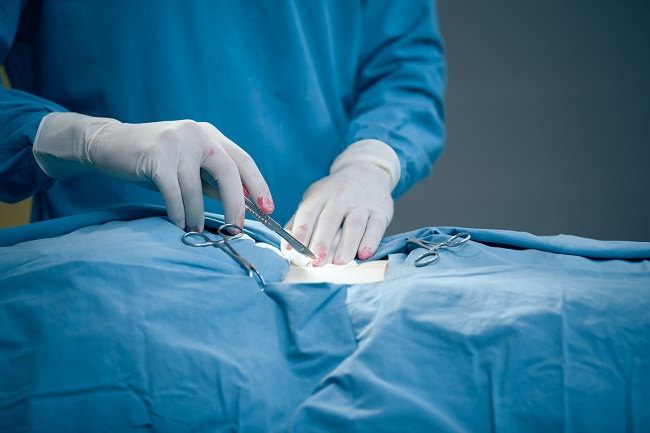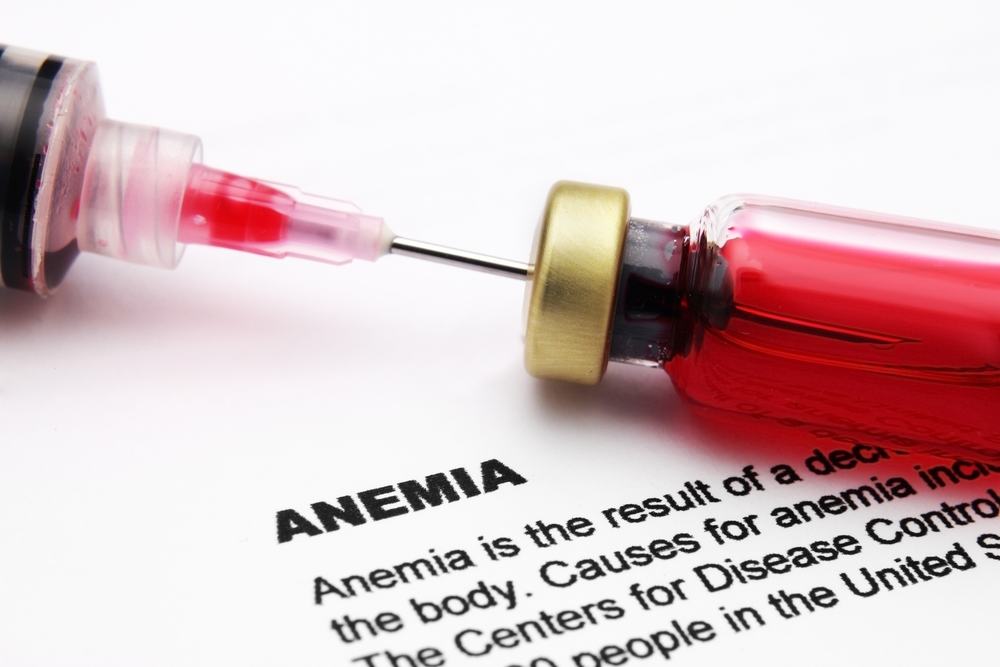Contents:
Medical Video: 11 Signs of Health Problems Hidden On Your Face
Speaking of diseases, what might cross our mind is a medical condition that wreaks havoc on internal organs and parts of the human body. Call it heart disease or cancer.
But some diseases not only affect the body's functions as a whole, but also completely overhaul your physical appearance. Anything?
1. Vitiligo
Vitiligo causes your skin color to fade streaks in various areas of the body, such as widespread blemishes. Vitiligo occurs due to the body's immune response being disrupted so that it destroys melanocytes, the skin pigment making cells. Striped skin due to vitiligo can extend into the mouth, scalp, and even the eyes. This condition can also make your hair gray quickly. In some cases, your skin can lose all pigment and completely change as white as paper.
Pop King Michael Jackson, comedian Graham Norton, and ANTM model Winnie Harlow were born with this condition. There is no cure for vitiligo, even though treatment therapy is available to flatten your skin tone, such as the use of foundation makeup, oral and topical medicines, to skin grafts or tattoos.
2. Diabetes
People with diabetes who do not control their blood sugar levels can have a number of complications that can change their physical appearance. For example, infections in the hands or feet that are difficult to heal cause decay which may eventually require amputation. Another diabetes complication, acanthosis nigricans, makes the skin thick, dark, and has a rough texture like velvet.
In addition, uncontrolled diabetes can increase your risk of gum inflammation (periodontis) because the body becomes more susceptible to bacterial infections due to an inadequate immune system. Periodontist cases that are already severe can make the gums recede and become hollow, causing pus. If left untreated, this can damage the bones around your teeth, which causes teeth to become easily dated.
3. Osteoporosis
About 200 million people worldwide suffer from osteoporosis. The latest study from International Osteoporosis (IOF) reports that 1 in 4 Indonesian women aged 50-80 years are at risk of osteoporosis. Bone loss results in a curved spine, it can even crack and squeeze, which ultimately causes your body to bend.
4. Lupus
A butterfly reddish rash along the nose and cheeks is a hallmark of lupus, an autoimmune disorder that starts when your body attacks organs and tissues and causes inflammation. You may also experience lesions on your skin after sun exposure.
5. Pernicious anemia
Pernicious anemia can be caused by an autoimmune disorder in which the immune system attacks cells in the stomach, making it difficult for the intestines to absorb the vitamin B12 needed to make red blood cells. Symptoms of perniosas anemia may include very pale skin, swollen tongue, and bleeding gums, as well as fatigue and loss of appetite.
6. Alopecia areata
If you begin to experience hair loss that is so intense that it creates many areas of large baldness and streaks throughout the scalp, maybe you have alopecia areata. Alopecia areata is an autoimmune disorder that causes the body's immune system to attack hair follicles. You may be able to lose all hair on the scalp or even the whole body.
7. Epidermodysplasia verruciformis
Also called Tree Human disease, epidermodysplasia verruciformis is a rare genetic disorder that causes growth of tumors such as the skin and roots of trees in all parts of the body. A rare disease that had shocked the world several years ago because it was found to be infected by a man from Bandung, caused by an increase in the body's susceptibility to HPV.
8. Hypertrichosis
Hypertrichosis is a rare autoimmune disorder that makes all parts of the body become covered with long, thick hair, including on the face. Therefore, this disease is also often referred to as Werewolf Syndrome because people who are infected with this disease look very much like heavy-haired werewolves.
9. Progeria
Progeria is a very rare genetic condition that affects children, caused by a small defect in the genetic code. There are only around forty-eight people living with this disease throughout the world. The word "progeria" comes from Greek, "progeros" which means old before time.
Even though they are mentally mentally underage, children with progressions will grow older physically. A five-year-old child may have a physical look like an 80-year-old man with eyes boar protruding, thin nose with beaked tip, thin lips, small chin, wrinkled skin, and ears sticking out. They also display classic symptoms typical of old age, such as baldness, heart disease, bone loss (osteoporosis), and arthritis. Unfortunately, children born with progeria will die at the age of 13 years.
10. Fibrous dysplasia
Fibrous dysplasia is a rare bone disorder that causes scar tissue such as growing fibers to replace normal bones. This abnormal tissue growth can cause the surrounding bones to be easily damaged or broken, also vulnerable to new bone growth.
In most cases, fibrous dysplasia affects only one bone - most often the skull or long bones in the arms or legs. This type of fibrous dysplasia usually occurs in adolescents and young adults. In some cases, these new "bones" develop throughout the joints of the body so that they limit movement and form a second skeleton, turning them into living sculptures. That is why fibrous dysplasia is also often called Stone Man’s disease.
11. Bell's palsy
Symptoms of Bell's palsy can arise "only" as a mild twitch, but in more severe cases, this disease can cause weakness or even paralysis in parts of the body - which usually occurs on one side of the face. Bell's palsy occurs when the nerves that control muscle movements in the face swell, become inflamed or squashed, but the exact cause is unclear.
Because facial nerve movements also control the movement of the eyelids and facial expressions, these functions can also be affected, which causes changes in physical appearance. But nerves are also involved in the functioning of the tear glands and saliva, as well as the ears and tongue. This means that other symptoms of Bell's palsy can include a drooping eyelid like a lazy eye, a corner of the mouth down like a permanent pout, and saliva and tears that can continue to drip.


